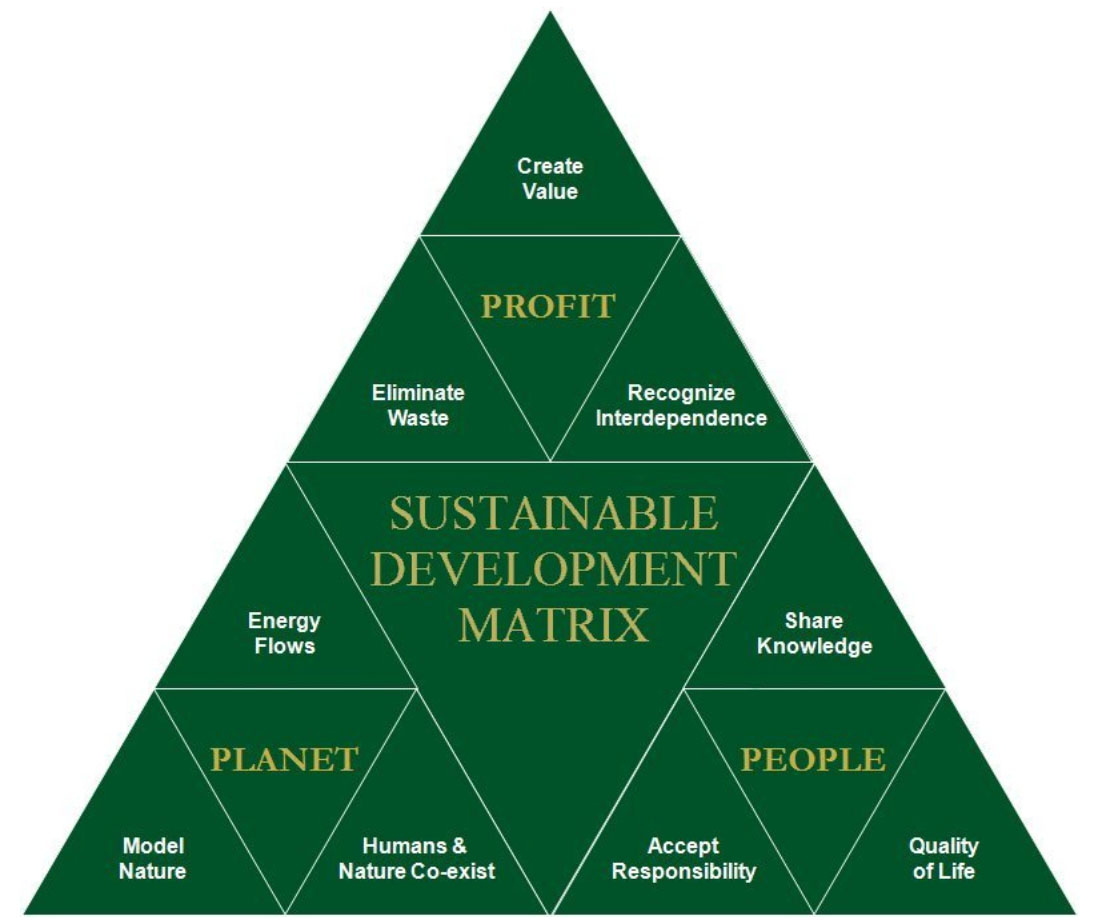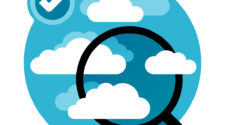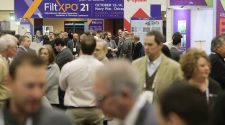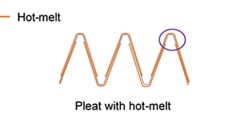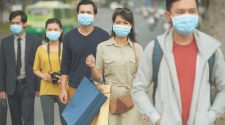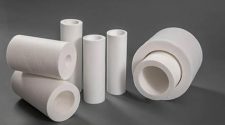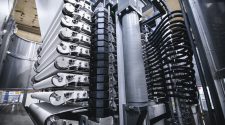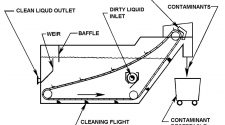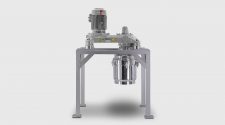Test methods are inherently very different based on whether the specimen involved is a filter media, an entire filter or is an entire process, including equipment. There are many approaches under consideration as it relates to testing and validating sustainably. A holistic approach to framing sustainability in the filtration sector may include reducing any adverse environmental impacts on products during their manufacture, packaging, transportation, use and disposal. As filtration markets move towards increasing transparency and environmental accountability within, organizations must demonstrate sustainability attributes and circular-economy thinking as well navigate complex regulatory and market driven sustainably testing requirements. There are many testing and certification services that support the quality, performance, regulatory compliance for products, components, raw materials, equipment and facilities.
An example of transparency reporting is a report verifying an environmental product declaration (EPD) with a product category rule (PCR) followed by a life cycle assessment/s (LCAs). An EPD provides a standardized method of communicating a filtration product’s environmental impact throughout its entire life cycle. A PCR allows for review and comparison of different environmental product attributes among products in a defined category in accordance with ISO 14025, which is a standard that is intended to present quantified environmental information on the life cycle of a product. LCAs can also be performed according to ISO 14040, which is a standard that address environmental aspects and potential environmental impacts. This data can be utilized to meet green building rating system requirements such as LEED v4 and Green Globes.
“The term “sustainability” is a very imprecise term. Imprecise terms are intellectually convenient, but do not convey information of value,” is a comment from Dave Rouse, President of INDA. I also subscribe to this opinion and as a concept, this descriptive term helps to frame decisions on a global, national and individual consumer level. INDA’s position on the issue is that we advocate for more responsibly sourced inputs to the manufacturing of nonwovens, and we advocate for more responsible end-of-life options for nonwovens and products made from nonwovens. Filtration sustainability can broadly be used to indicate actions aimed at the preservation of a particular resource.
Filtration generally protects either the equipment or the person. Many test methods provide insight on how the filter performs in specific conditions with outputs such as energy efficiency, dirt holding capacity and filtration efficiency. These are all very precise outputs derived by specific principles and frameworks. These test methods are utilized to identify, compare, and contrast filtration products and ultimately filtration systems. The trick is solving for an X that convey valuable information and not something that intellectually convenient or green washed.
There are several methods for evaluating sustainability, however there is not one test or test method that a singular or complete sustainability number can be derived. Carbon foot printing is an example of a measurement of greenhouse gas (GHG) emissions in units, typically tons, and is utilized in evaluating sustainability. The larger the number, the more negative the impact on the climate. This number can be calculated from both direct GHG emissions which are the result of a company’s actions at a specific facility. There is also indirect GHG emission which are a result of companies using intermediate or final goods for their operations and/or emissions from production, transportation, and waste disposal. The complexity of calculating and interpreting the carbon foot print can be significant. This practice can identify which activities are the biggest contributors to GHG emissions and provide areas to focus on improvement.
As filtration markets move towards increasing transparency and environmental accountability within, organizations must demonstrate sustainability attributes and circular-economy thinking as well navigate complex regulatory and market driven sustainably testing requirements.
There are many challenges for sustainability testing today. Whether we like it our not, filtration has a consequential impact on the environment. Higher filtration efficiency and increased indoor air quality can be measured and tested with the objective of removing key air pollutants to protect people, equipment and the environment. A typical tradeoff for these gains in indoor air quality are higher energy usage which can shift the burden of air quality pollutants, albeit different pollutants, to another location with different filtration challenges. The benefits can also be measured through productivity gains and lower absence rates for employees.
The next 10 to 15 years will continue to be marked with iterative process improvements. Sustainable test methods and practices will continue develop and evolve. I believe the most important outcomes might not be short-term savings that the filtration industry delivers as this is only metric relating to sustainability matrix. The real gains will come in the form of market transformation which comes from processes that are tested, measured and refined. These programs can create a lasting influence in the market, changing the way filters are made, sold, installed and recovered. There is evidence of these changes in the market today and I believe that sustainable practices are becoming the norm and are generating results at scale.


